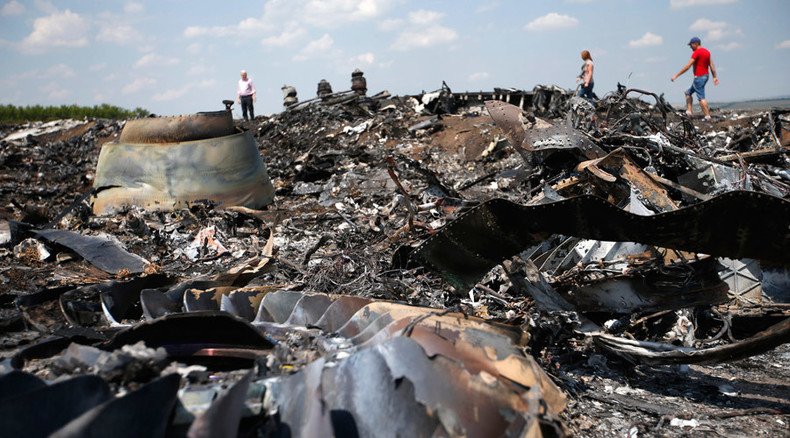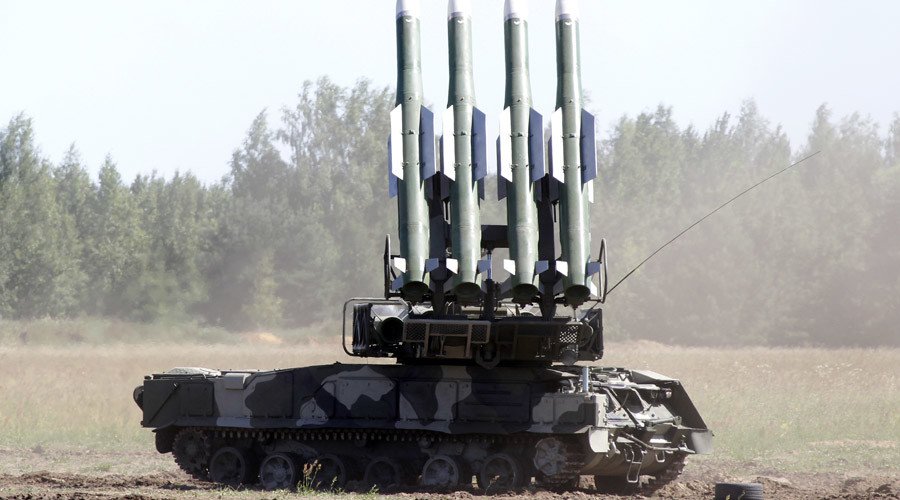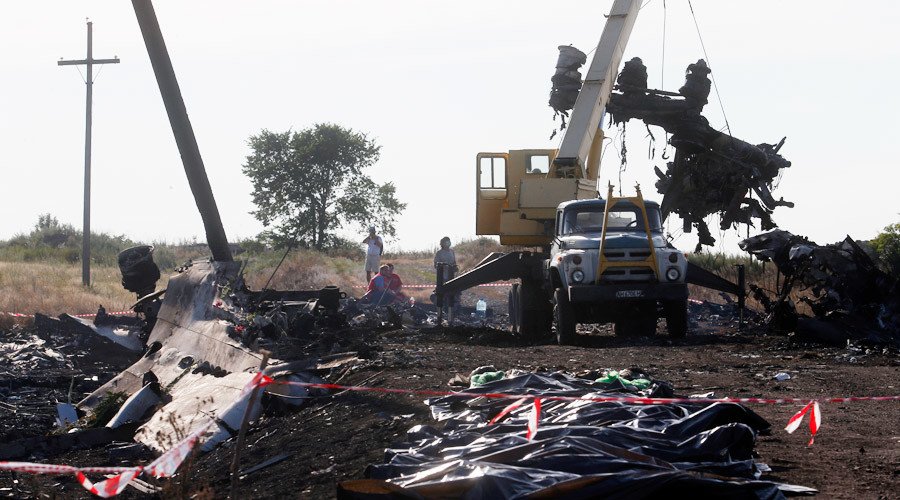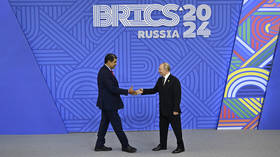4 questions for Dutch probe into MH17 crash

The final report into the causes of the MH17 crash in Ukraine over a year ago is ready and is expected to be revealed within hours. Russia claims some that findings have not been included in the Dutch report while remaining questions hang heavy in the air.
The much anticipated report investigating the crash of Malaysia Airlines flight MH17, which was downed in Ukraine on July 17, 2014, killing nearly 300 people on board, is planned to be released by the Dutch Safety Board (DBS), which led the probe, on Tuesday. The DBS investigation is aimed at providing technical details of the crash, while another investigation carried out by the Joint Investigation Team (JIT)will determine who was responsible for the incident. The latter report is to be issued by the end of this year.
MH17: What we know on eve of Dutch Safety Board report
The DBS issued a preliminary report in September 2014 which only confirmed that the passenger plane crashed due to external damage. Amid the probe there has been extensive media speculation regarding the causes of the incident.
What we know on eve of #MH17 Dutch Safety Board report http://t.co/wwMMajwpTKpic.twitter.com/fip6R98tER
— RT (@RT_com) October 12, 2015Days ahead of the DBS official report, a letter addressed to the head of the UN aviation agency about the investigation was leaked to the media. It was published by a Malaysian newspaper on Sunday.
The letter was written by the Russian Federal Air Transport Agency’s Chief, Oleg Storchevoy, who was acquainted with the results of the investigation, to Olumuyiwa Benard Aliu, the head of the International Civil Aviation Organization (ICAO). Storchevoy asked the UN aviation body to intervene in the DBS investigation.
READ MORE: Moscow asks UN aviation agency to intervene into MH17 probe - report
Ahead of the DBS report, RT examines some of the controversial points which are expected to be answered by the probe.
1. Why did the DBS fail to use the BUK manufacturer’s declassified data in the probe?
It has been widely speculated that a BUK anti-aircraft missile was fired at the plane. Dutch investigators previously told RT that they could not confirm reports that a BUK missile had been used.
In order to aid the investigation Almaz-Antey, the designer and producer of BUK missile systems, carried out two meetings with the DBS in which it declassified the specifications of its rockets – the 9M38 and 9M38M1 surface-to-air missile systems – Storchevoy said, in the letter addressed to the UN.
The declassified information included technical specifications, flight and ballistics characteristics, launch parameters, algorithms governing the detonator and characteristics of the warhead, he said.
The arms maker also provided the results of a simulated test of a BUK missile hitting a Boeing and described the damage, he added.
He stated that in the final Dutch report all these calculations were ignored. He added that the report had discrepancies with regards to the metallurgical properties of the missile and size of the warhead.

2. Why did the probe ignore Russian findings?
Kremlin spokesman Dmitry Peskov said on Monday that the facts delivered by the Russian side were ignored “for unclear reasons.”
In his letter, Storchevoy added that the DSB ignored “comprehensive information” provided by the Russian side which related to the downing of the Boeing 777.
10 more questions Russian military pose to #Ukraine, #US over #MH17 crash http://t.co/5r9d2yd7DIpic.twitter.com/edMPUZMM3A
— RT (@RT_com) July 22, 2014Days after the catastrophe, the Russian military provided monitoring data of a Ukrainian SU-25 fighter jet gaining height towards the MH17 Boeing on the day of the downing.Russian military had also posed a set of questions to Kiev regarding the jet which have not been answered.
LISTEN MORE:
3. Why did the investigation focus on the BUK missile version?
The investigation was conducted in an illogical order, Storchevoy said, explaining that the DBS started with an assumed hypothesis, and worked backwards to demonstrate that the evidence met the criteria necessary to prove their preconceived conclusions.
This violates the principle of “sequence of conclusions,” one of the most fundamental rules when conducting probes into air crashes, he said explaining that firstly, the damage to the airplane should have been examined and then, based on this analysis, conclusions as to its cause and source should have been drawn.

4. Why did DBS fail to collect all debris in over a year after the crash?
An RT Documantary film crew traveled to the site of the MH17 downing, discovering that debris from the Malaysia Airlines Boeing 777 was still covering the crash site in eastern Ukraine a year after the catastrophe. The RTD crew collected parts of the plane’s exterior which they spotted, bringing them to the town administration of nearby Petropavlivka.
After the film “MH17: A year without truth” was released in July, the DBS contacted RT asking for help gathering the pieces.
“With great interest we watched your documentary, ‘MH17: A year without truth,’” Dutch Safety Board spokesperson Sara Vernooij wrote to RT. “In this film, RT shows parts of the cockpit roof which were found near Petropavlivka. We would like to gather those pieces and bring them over to the Netherlands so the Dutch Safety Board can use them for the investigation and the reconstruction.”
READ MORE: Dutch Safety Board asks for RT’s assistance in MH17 probe after documentary












